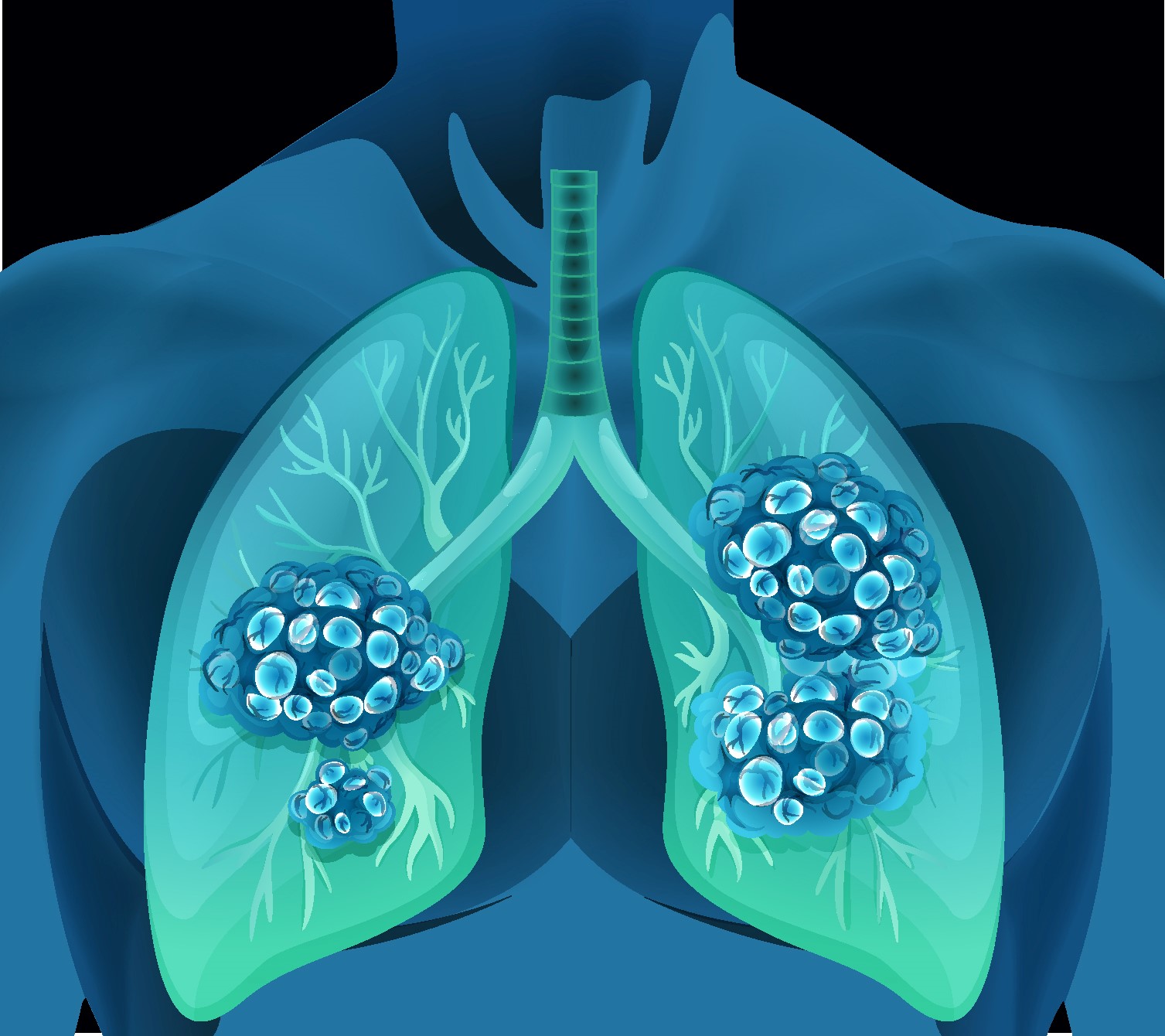Little data exist to guide early adjunctive therapy use in pediatric acute respiratory distress syndrome (PARDS).
To describe contemporary use of adjunctive therapies for early PARDS as a framework for future investigations.
Pre-planned, sub-study of a prospective, international, cross-sectional observational study of children with PARDS from 100 centers over 10 study weeks.
We investigated six adjunctive therapies for PARDS: continuous neuromuscular blockade (cNMB), corticosteroids, inhaled nitric oxide (iNO), prone positioning, high frequency oscillatory ventilation (HFOV), and extracorporeal membrane oxygenation (ECMO). Almost half (45%) of children with PARDS received at least one therapy. Variability was noted in the median starting oxygenation index (OI) of each therapy; corticosteroids started at the lowest OI (13.0 IQR:7.6, 22.0) and HFOV at the highest (25.7 IQR:16.7, 37.3). Continuous NMB was the most common, used in 31%, followed by iNO (13%), corticosteroids (10%), prone positioning (10%), HFOV (9%), and ECMO (3%). Steroids, iNO, and HFOV were associated with comorbidities. Prone positioning and HFOV were more common in middle-income countries and less frequently used in North America. The use of multiple ancillary therapies increased over the first 3 days of PARDS, but there was not an easily identifiable pattern of combination or order of use.
The contemporary description of prevalence, combinations of therapies and oxygenation threshold for which the therapies are applied is important for design of future studies. Region of the world, income and comorbidities influence adjunctive therapy use and are important variables to include in PARDS investigations.
Early Use of Adjunctive Therapies for Pediatric Acute Respiratory Distress Syndrome: A PARDIE Study.


